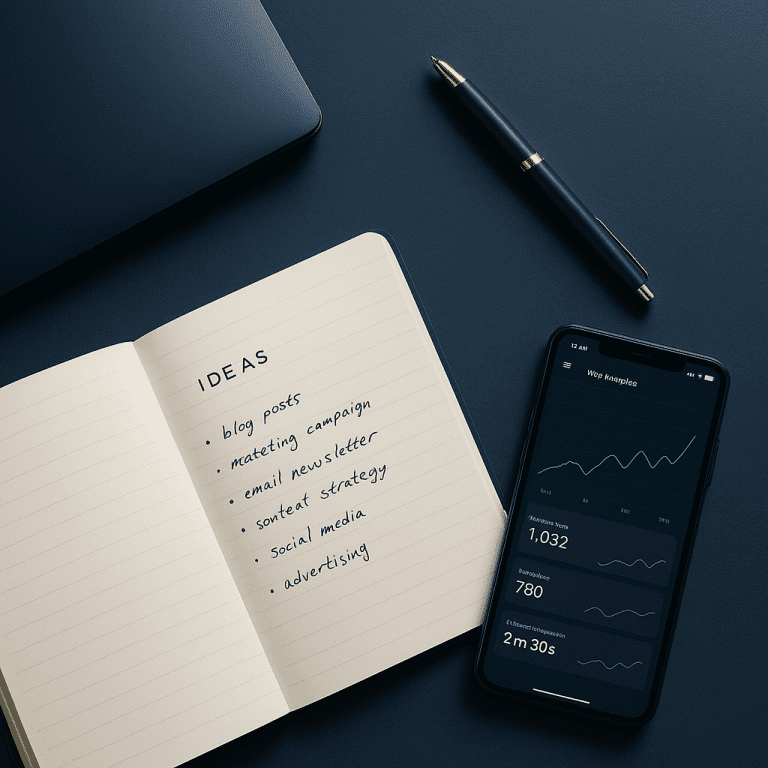For SaaS startups, attracting new users is only half the battle. A strategic onboarding experience is essential to help customers see the value of the product, stay engaged, and ultimately stick around. Many startups struggle not because of a lack of leads, but because users fail to see success early on and churn shortly after signing up. Successful onboarding isn’t just a tutorial—it’s the foundation of long-term customer relationships and product growth.
Why Strategic Onboarding Matters in SaaS
Onboarding is one of the most critical touchpoints in the customer journey. When done well, it ensures that users reach their ‘aha moment’ quickly—the instant they realize your software’s core value. Successfully onboarding a customer increases the likelihood that they will become loyal, engaged users. For SaaS startups, this directly impacts key metrics like customer retention, lifetime value, and revenue growth.
On the flip side, poor onboarding leads to confusion, lack of engagement, and high churn rates. Studies show that a large percentage of users who stop using a product do so within the first week. Clearly, a refined onboarding process directly translates to business success.
Creating a Personalized Onboarding Experience
Every customer is different, and a one-size-fits-all onboarding process won’t deliver lasting results. Personalization is key to helping users feel understood and guiding them toward success based on their unique needs. Startups can use several techniques and tools to make onboarding more tailored:
- User Segmentation: Group users based on roles, industries, or goals. For example, a marketing manager will likely want different features than a developer.
- Interactive Product Tours: Use tools like Appcues or Userpilot to create guided walkthroughs, tailored to specific user types and behaviors.
- Dynamic Email Sequences: Send onboarding emails based on user actions. If a user completes a setup step, send a congrats; if not, send a helpful reminder with tips.
- Welcome Surveys: Ask new users about their goals during signup and customize onboarding based on their responses.
By customizing the journey, you reduce friction, keep users engaged, and increase the chances of long-term success.
Balancing Automation and Human Touch
Automation plays a crucial role in scaling onboarding, especially for startups with limited resources. Yet, it’s important not to lose the human touch that builds trust and loyalty. Here are ways to balance both:
- Use chatbots smartly: Tools like Intercom or Drift can automate FAQs but should offer easy handoffs to real humans for complex issues.
- Schedule human check-ins: After a key milestone (like finishing a setup), offer a short call or video check-in to build rapport and resolve blockers.
- Scale training with webinars: Host live or recorded webinars to educate users at different stages, while inviting personalized questions at the end.
- Automate routine processes: Automate logins, confirmations, and reminders so your team can spend time on high-touch interactions.
The result is a streamlined, efficient process that still feels personal and human.
Measuring Onboarding Success: Metrics that Matter
Without tracking performance, it’s impossible to improve onboarding. Effective SaaS onboarding strategies rely on data to monitor progress and identify areas for enhancement. Key metrics to watch include:
- Time to First Value (TTFV): Measures how long it takes a user to get meaningful benefit from your product. The quicker this happens, the better.
- Activation Rate: Tracks the percentage of users who complete a set of key onboarding steps that typically lead to long-term success.
- Day 7 and Day 30 Retention: If users are still active after a week or a month, they’re more likely to stick around. Use these figures to spot drop-off points.
- Support Requests: A high number of support tickets during onboarding may mean the process is confusing or steps aren’t clear.
- Customer Satisfaction (CSAT) and Net Promoter Score (NPS): Use surveys to understand how users are feeling about their early experiences.
Reviewing these metrics regularly lets teams iterate quickly and improve onboarding for future users.
Putting It All Together: A Unified Strategy
Strategic customer onboarding combines personalization, automation, and measurement into a seamless user experience. Here’s a sample roadmap for SaaS startups:
- Map the Ideal Journey: Define what success looks like for different types of users and identify milestones along the way.
- Segment and Personalize: Use customer data early to deliver role-specific, goal-oriented onboarding content.
- Automate Where It Helps: Reduce manual burdens while ensuring touchpoints still feel warm and human.
- Track and Optimize: Use metrics like time to value and activation rates to find weak points. Run A/B tests to improve them.
- Ask for Feedback: Regular surveys help you understand where users struggle and what delights them.
When SaaS startups prioritize onboarding, they set customers up for success, reduce churn, and create loyal brand advocates. A thoughtful strategy drives better outcomes—not just for users, but for the business as a whole.
Share this content:




